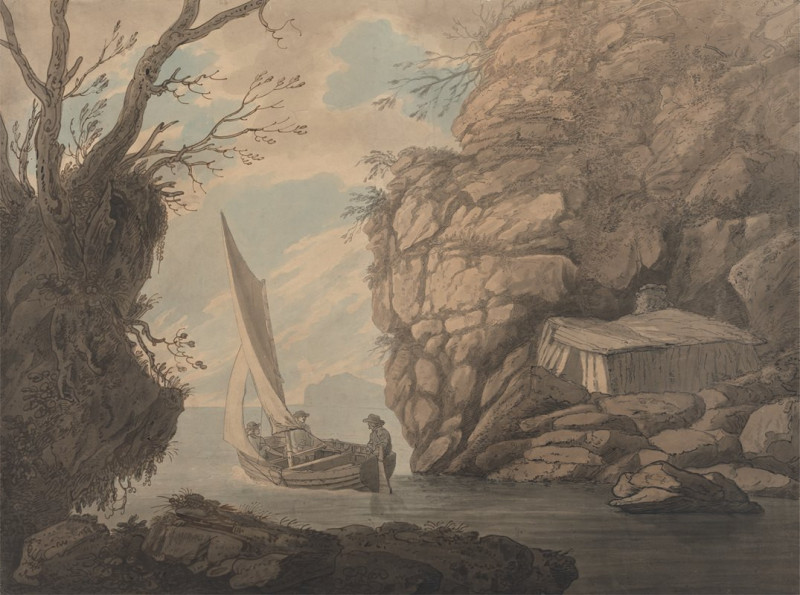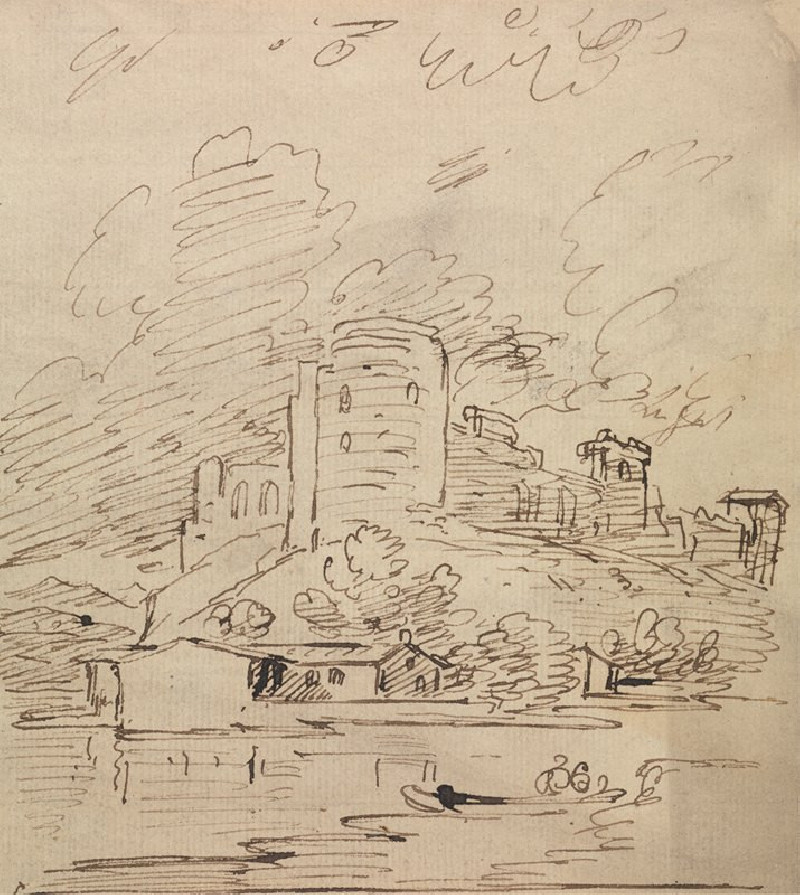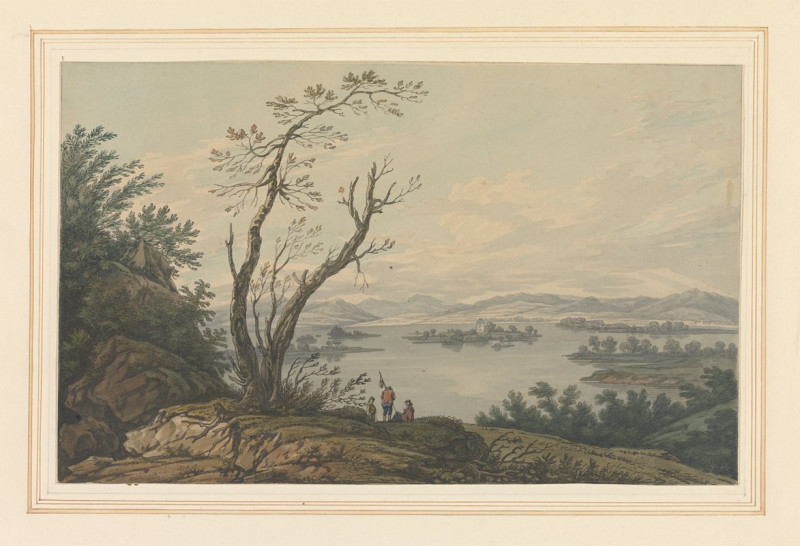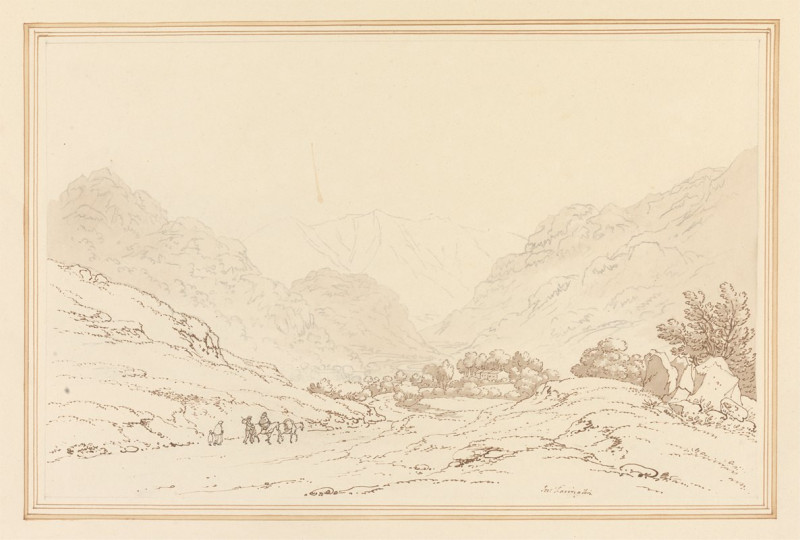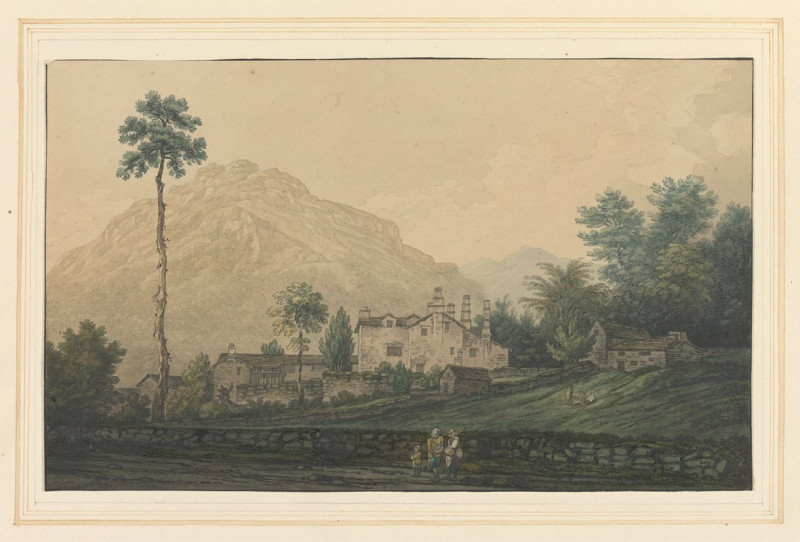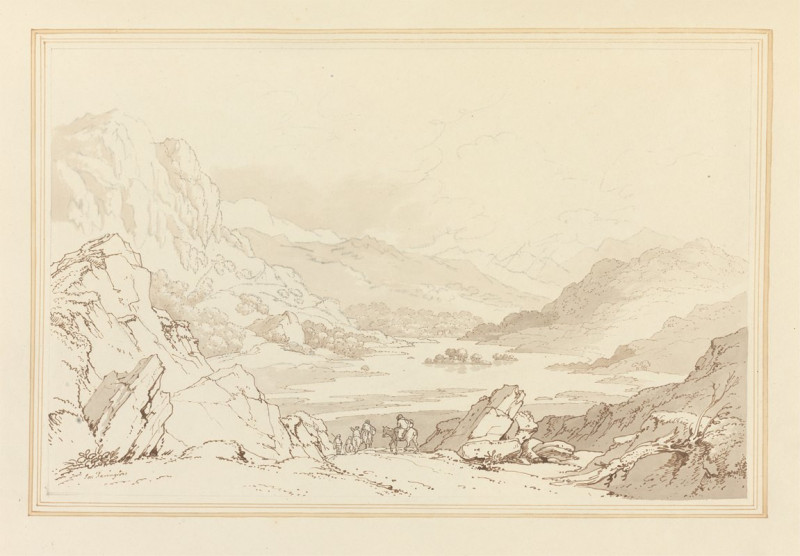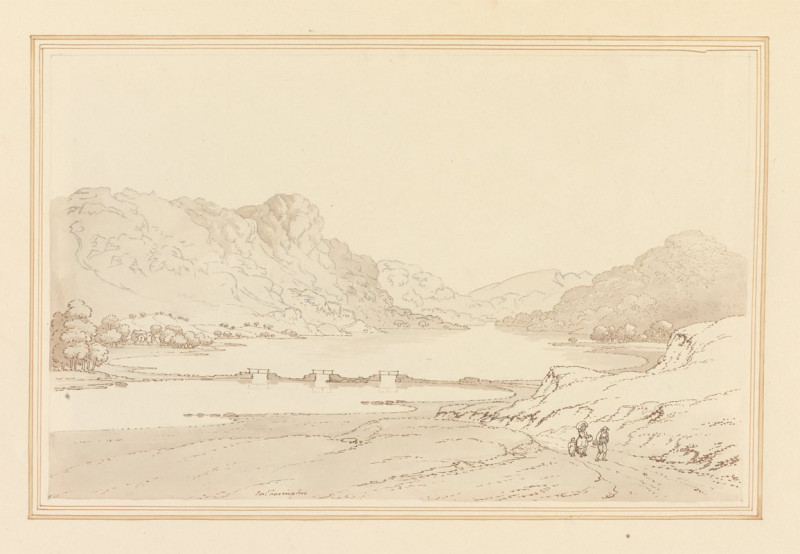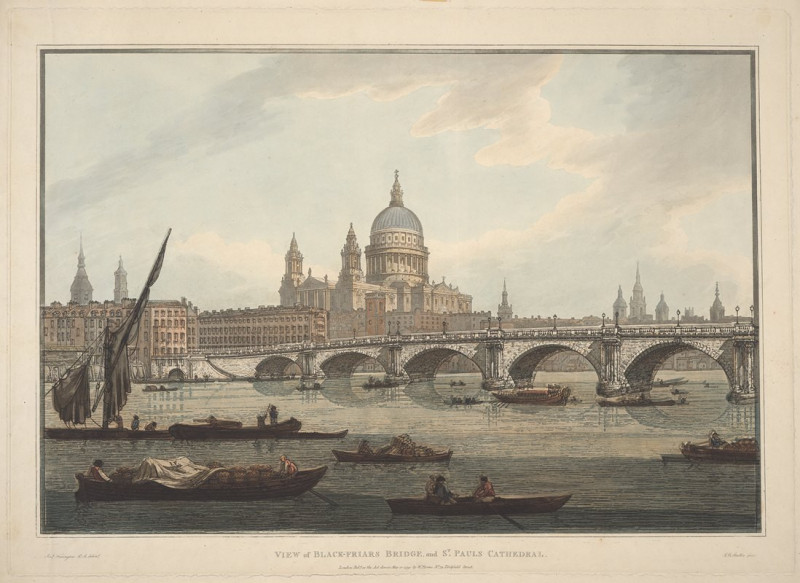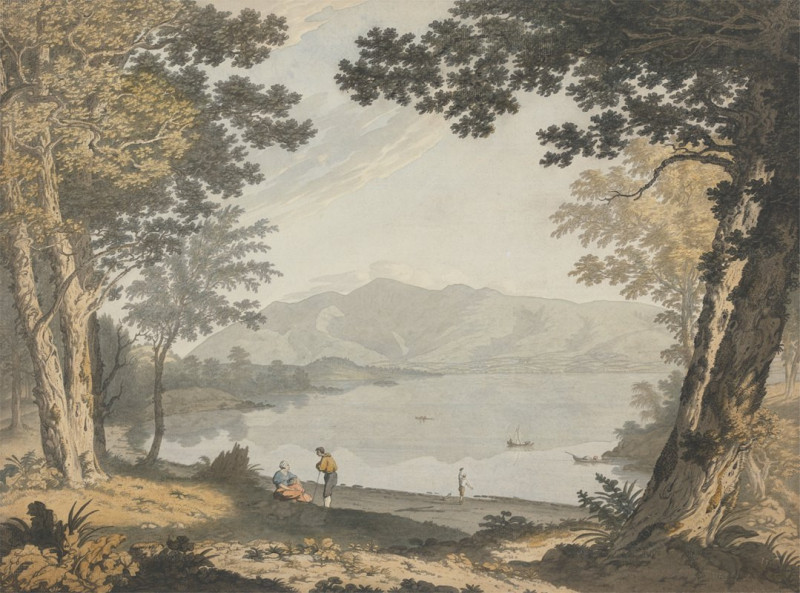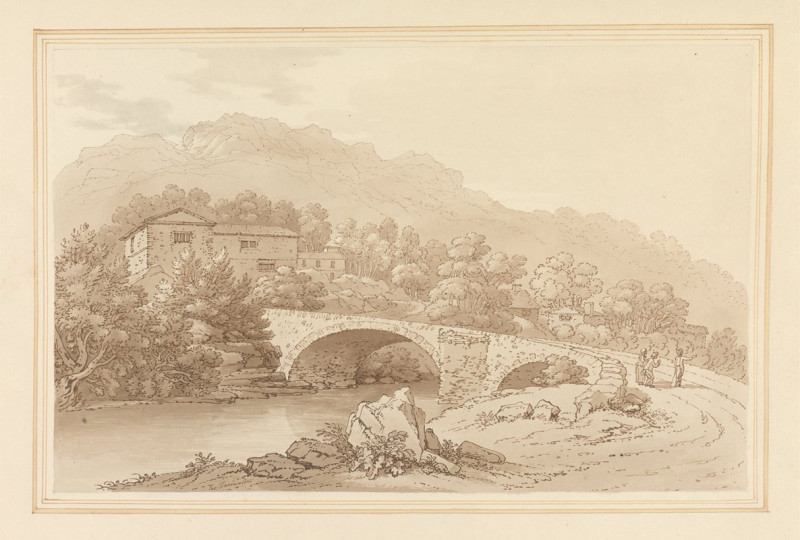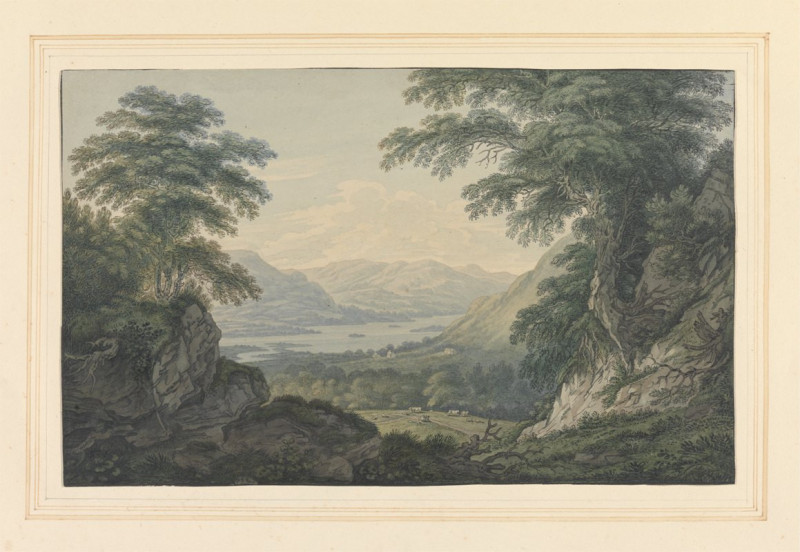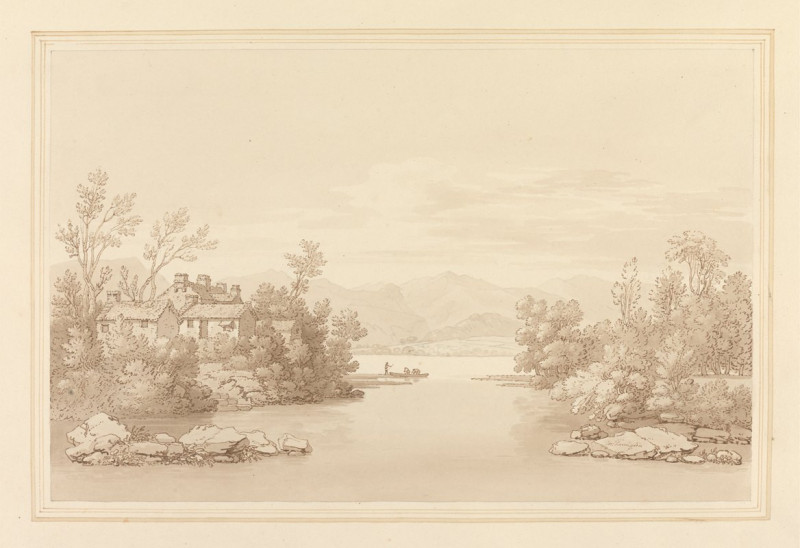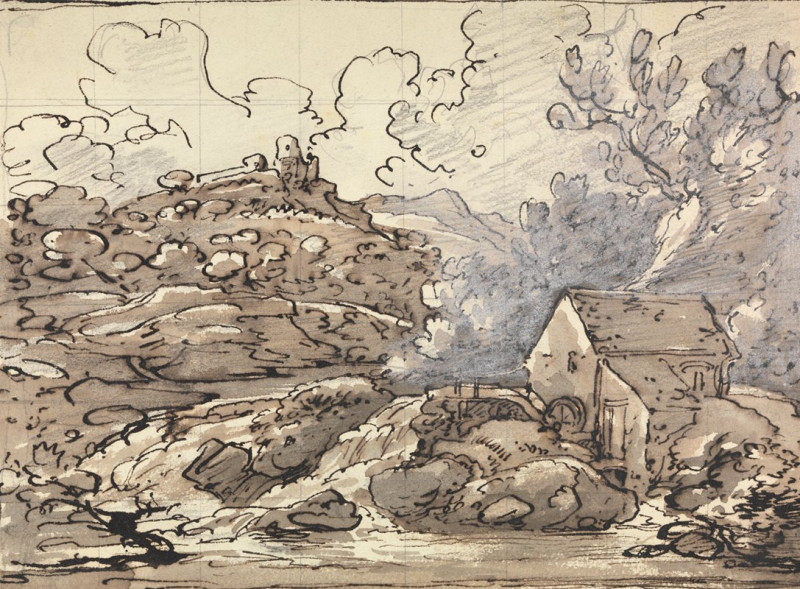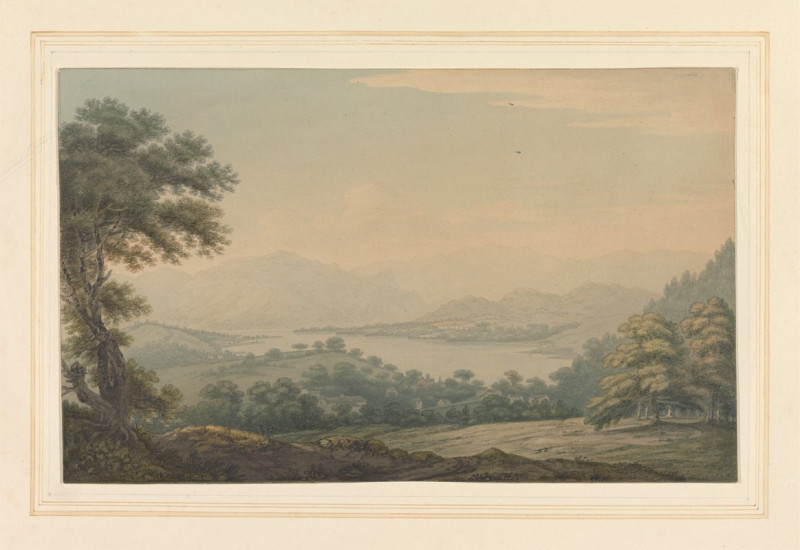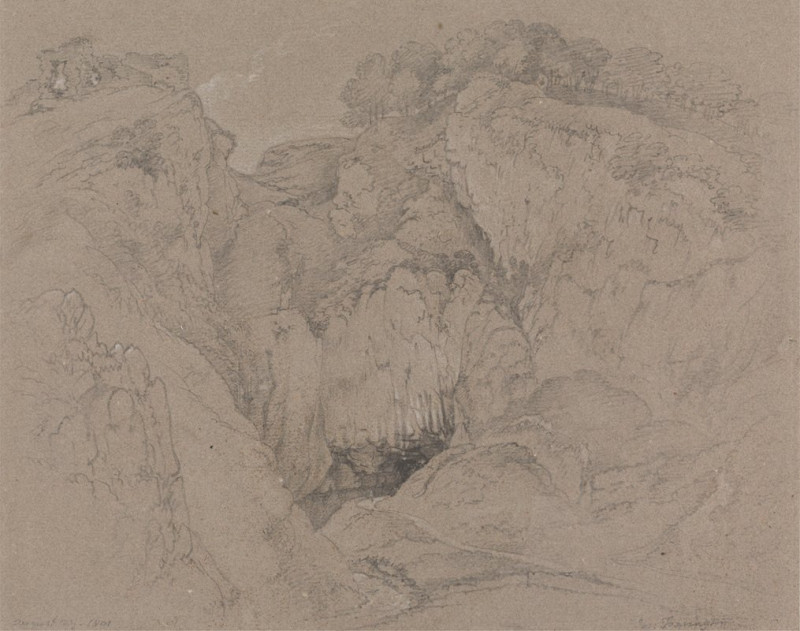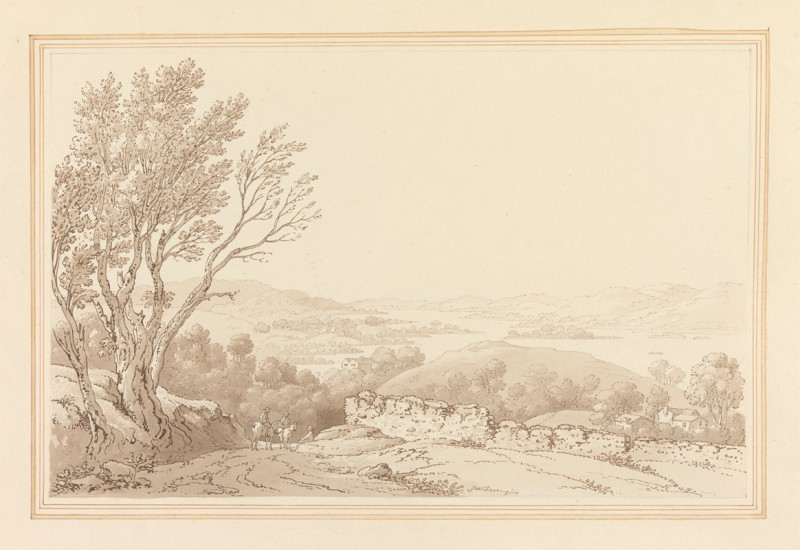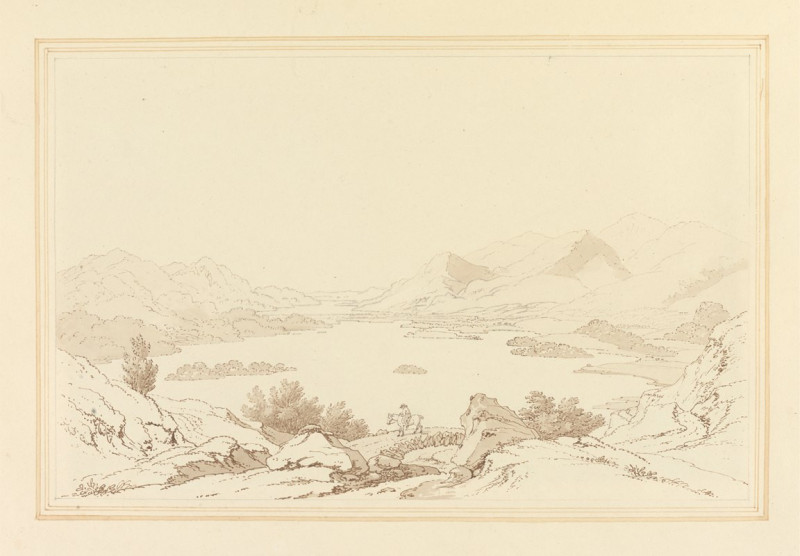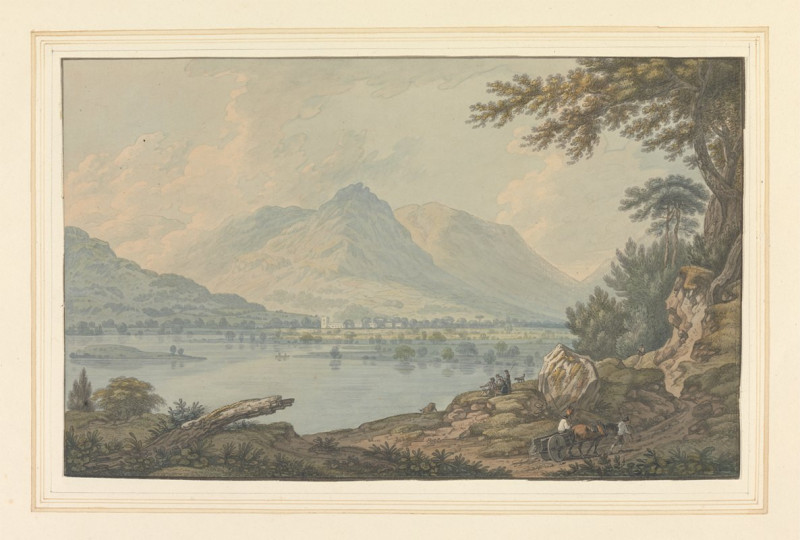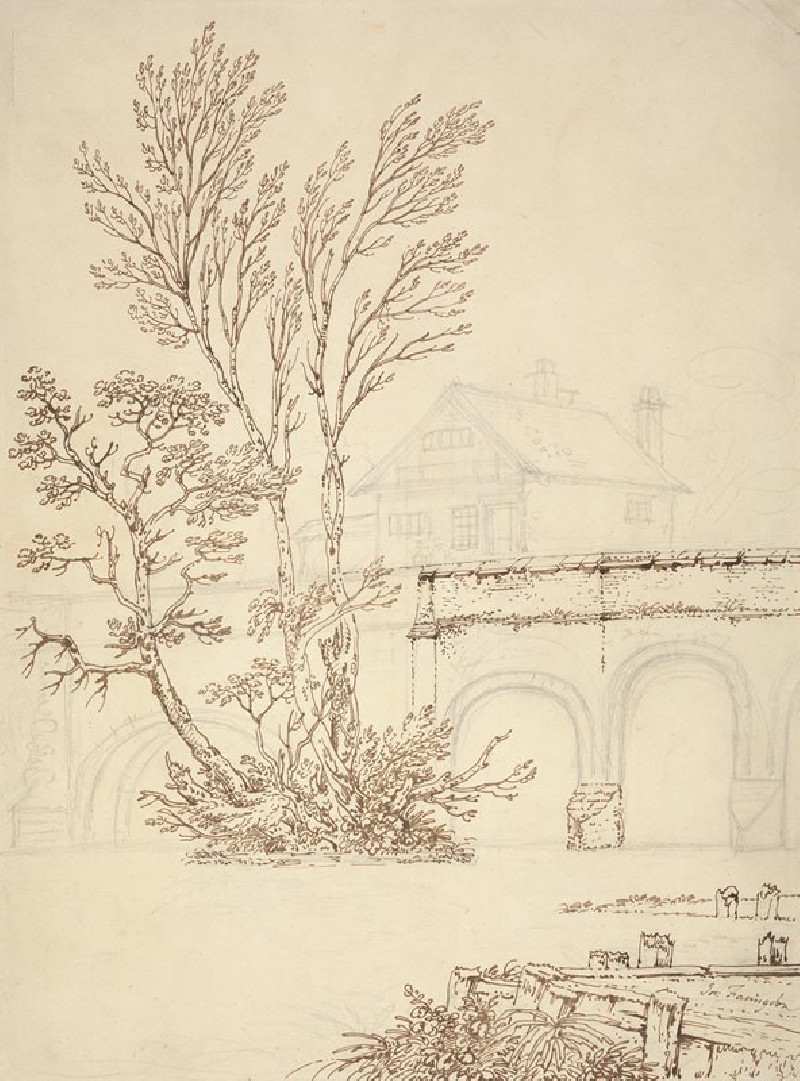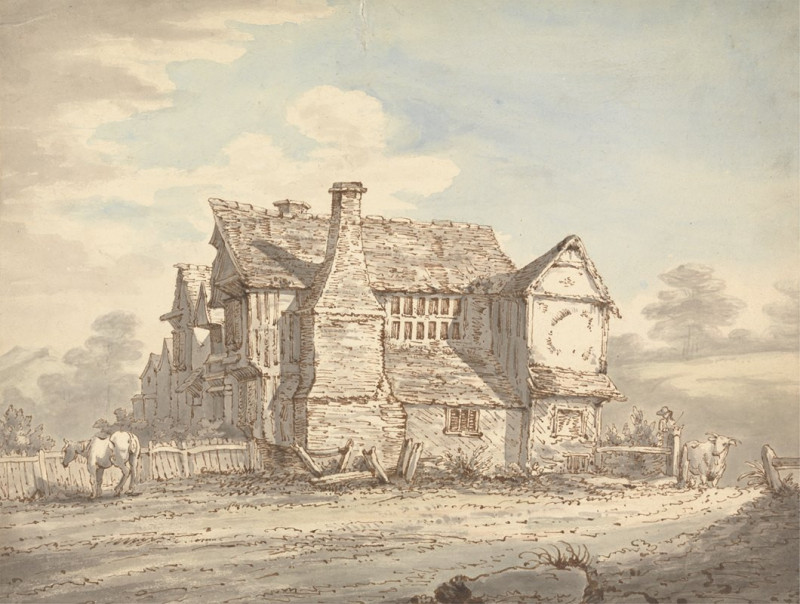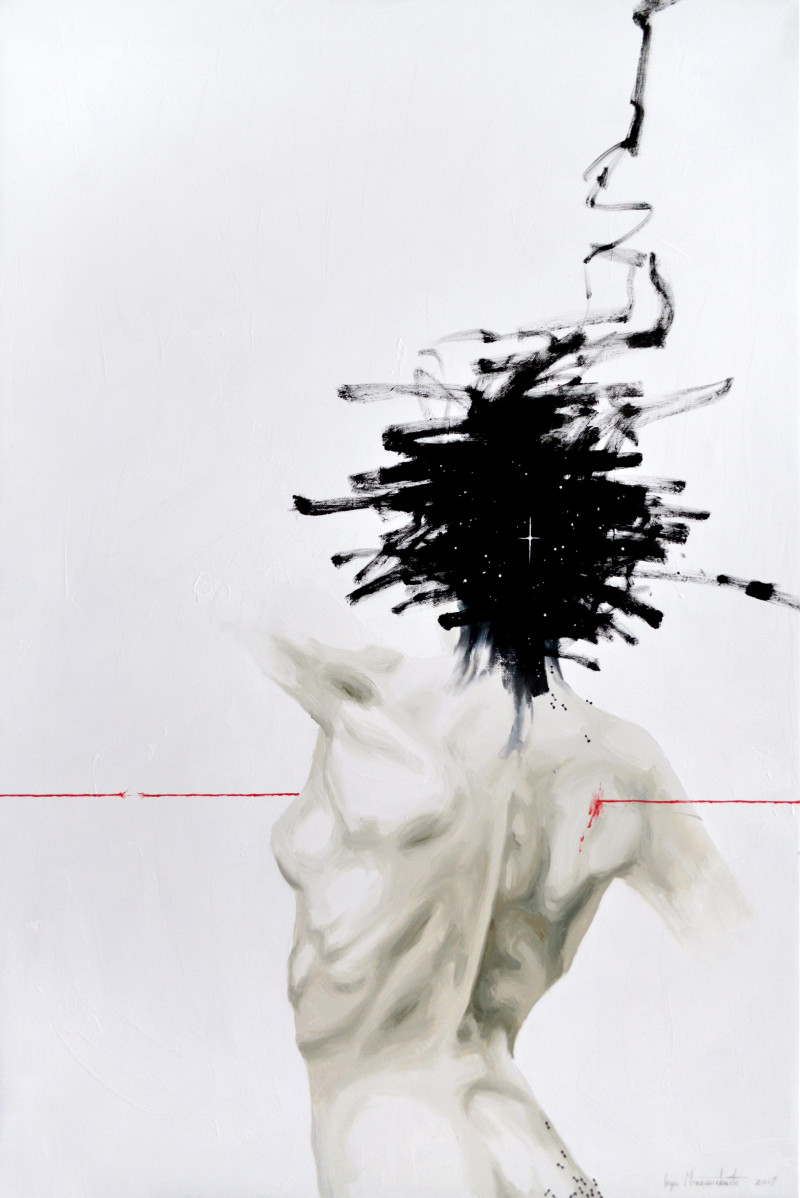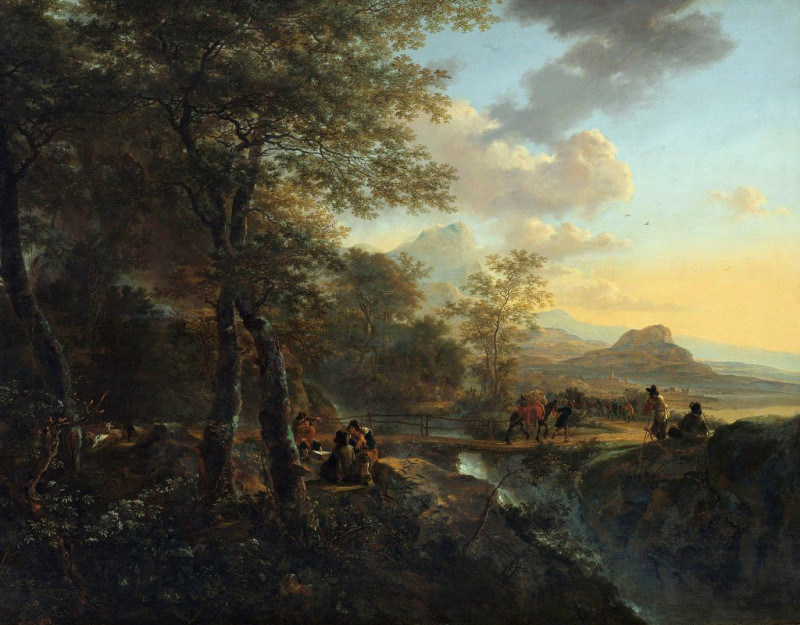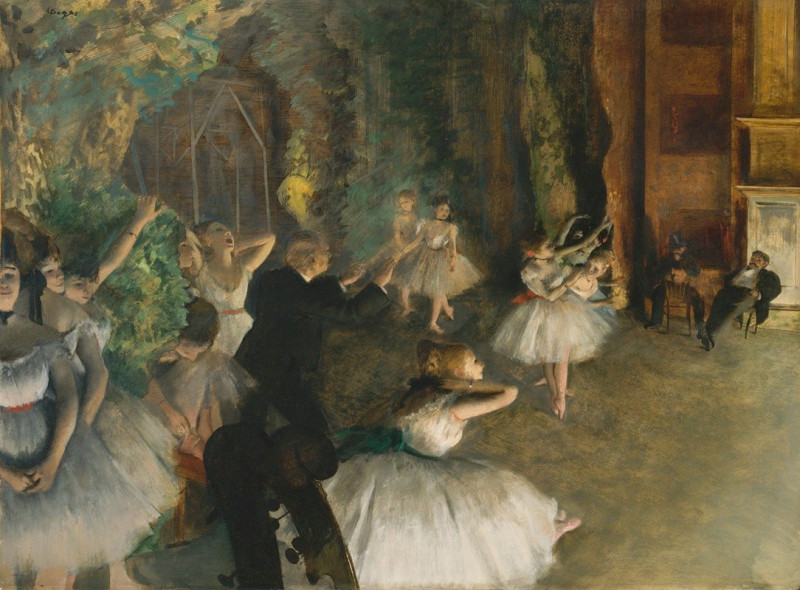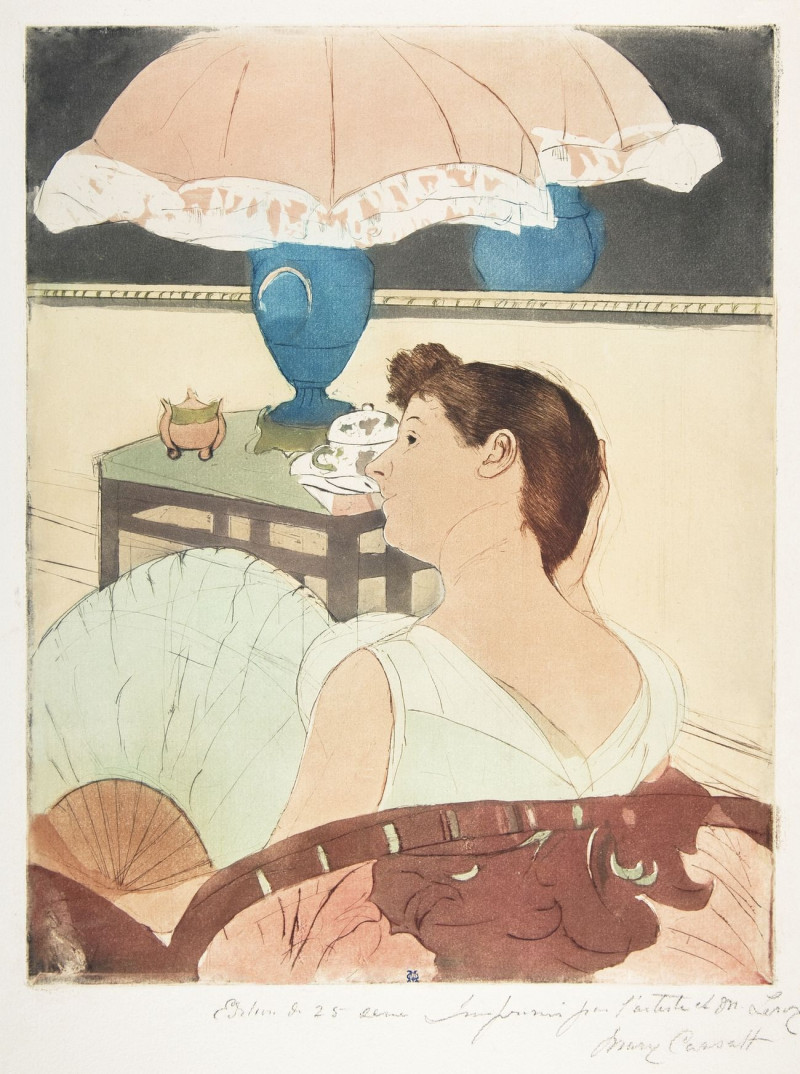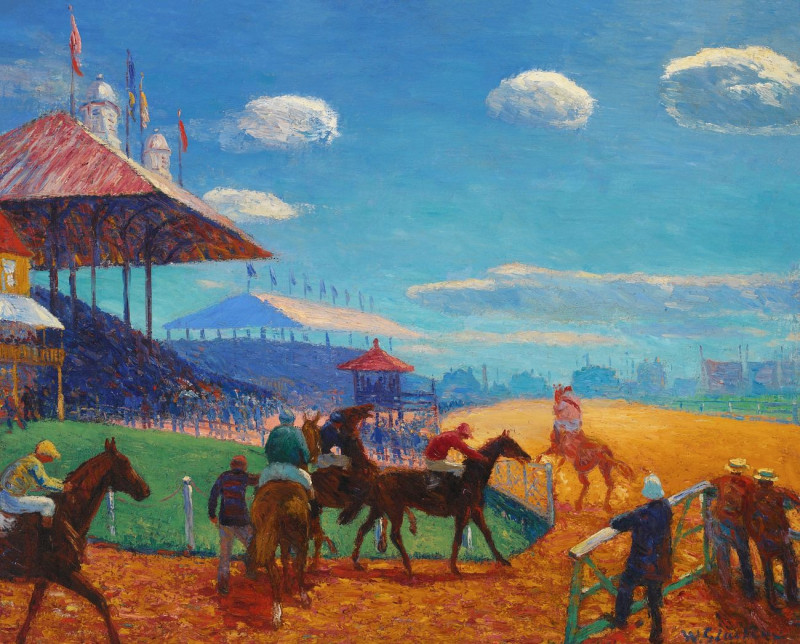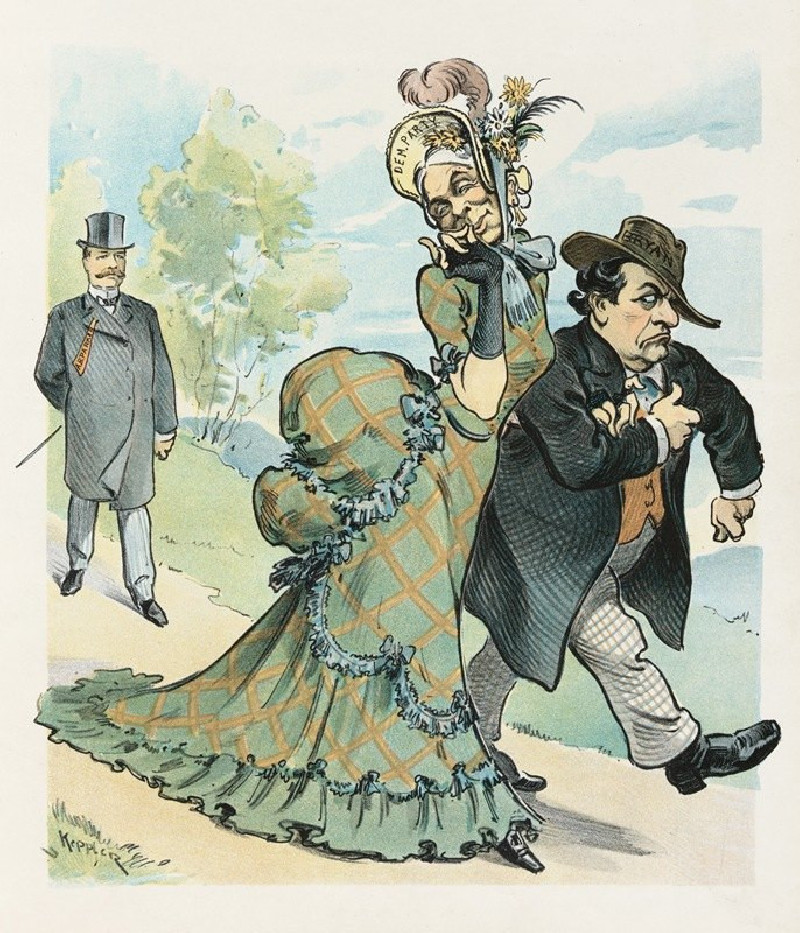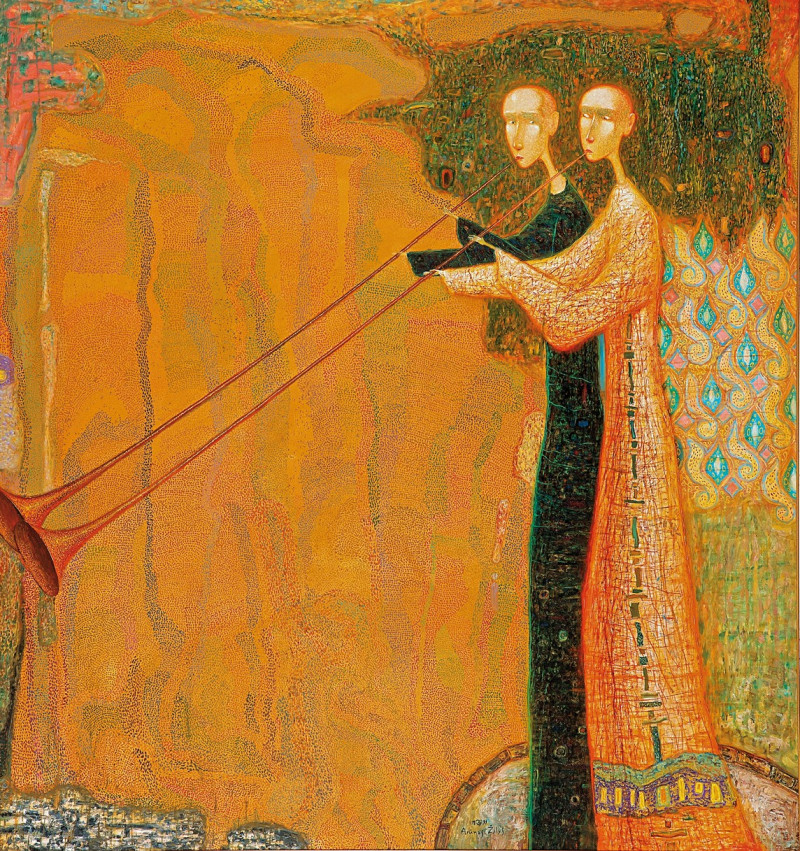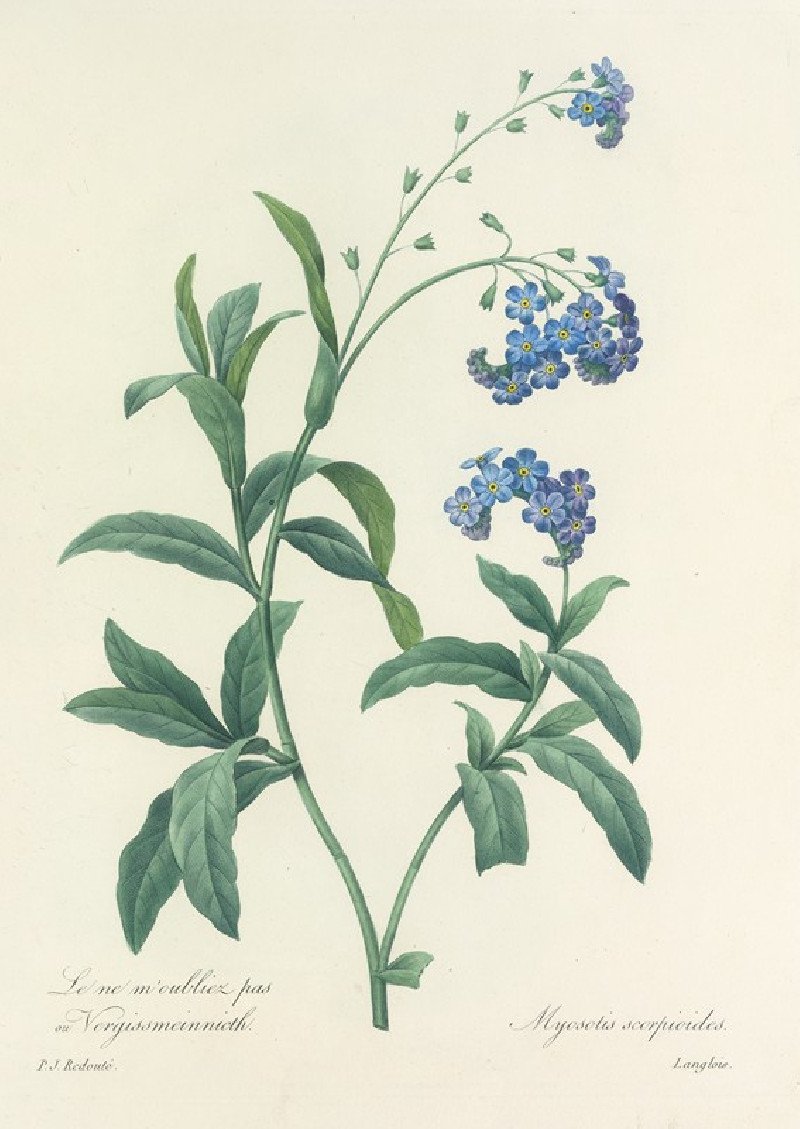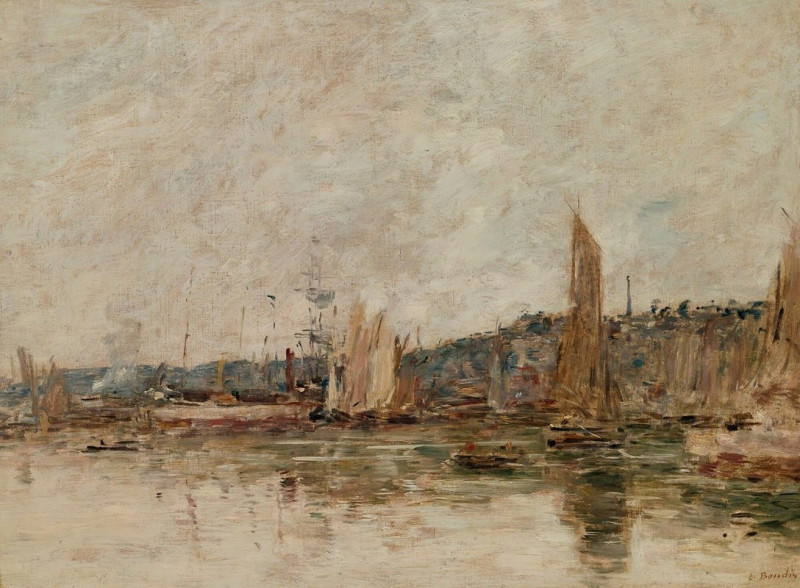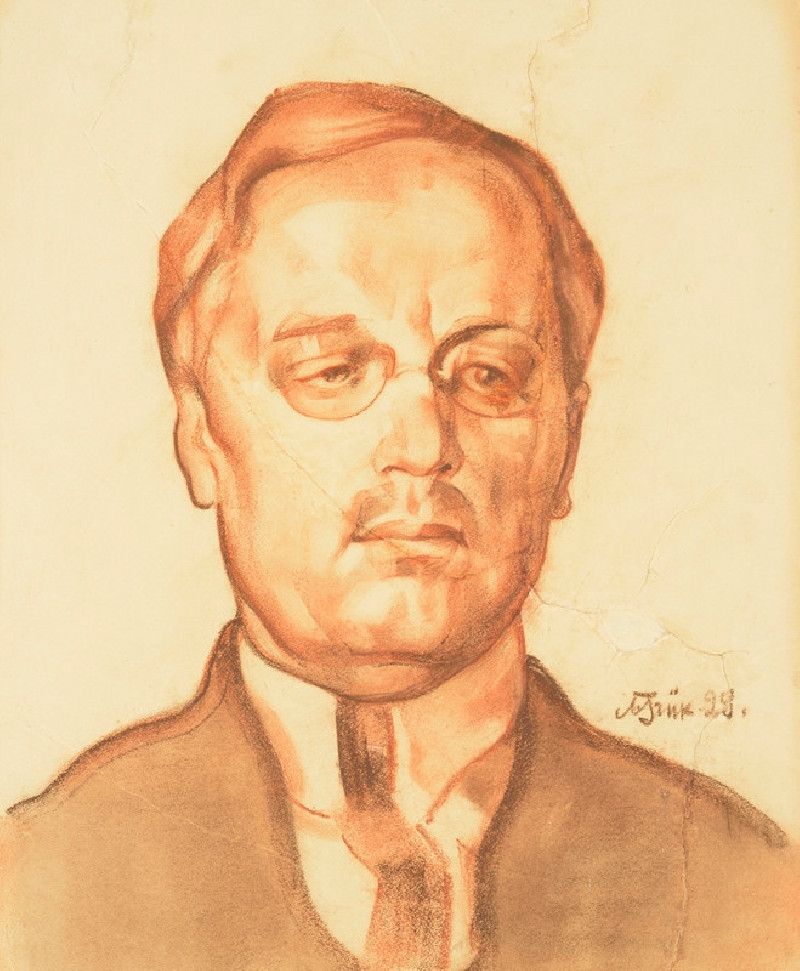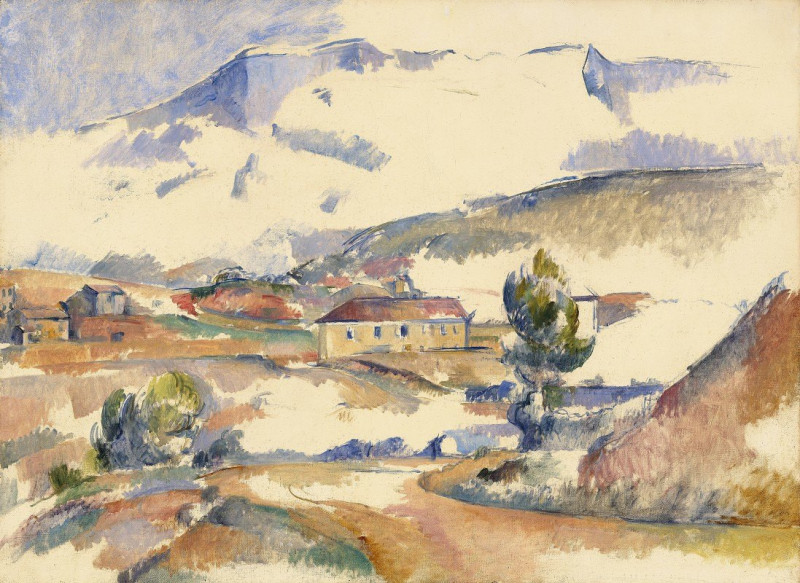A Sailing Dinghy with Three Men Leaving a Rocky Inlet
Technique: Giclée quality print
Recommended by our customers
More about this artwork
Joseph Farington's evocative painting, "A Sailing Dinghy with Three Men Leaving a Rocky Inlet," beautifully captures a serene maritime scene. This piece of art, created during the 18th century, showcases Farington's remarkable ability to intertwine nature with human activity in a harmonious composition.In this painting, we observe a small, sturdy dinghy departing from a secluded rocky inlet. The boat contains three men: one standing at the bow organizing what appears to be a net, another seated at the stern guiding the rudder, and the third steadying himself against the cabin. The rocky cliffs flank the tranquil water, providing a majestic and secure atmosphere, whilst a delicate yet resilient tree clings to the cliff's edge, its branches stretching outward as if reaching for freedom.The muted color palette combines various shades of brown and grey, reflecting the natural setting and the overcast skies, which hint at the simplicity and the harsh realities of coastal life. A small structure resembling a fisherman's hut nestles amongst the rocks, suggesting human habitation or temporary shelter, tying in the theme of man's interaction with nature.Farington’s skilled depiction of the reflective water and the detailed textures of the rock formations enhances the image's depth and realism. The distant horizon fades softly into the sky, inviting viewers to ponder what lies beyond this isolated inlet.This delicate and thoughtful work by Joseph Farington invites reflection on the quiet moments of anticipation and preparation as the men set out from the safety of the inlet into the wider sea, symbolizing perhaps a journey or an escape from the mundane.
Delivery
Returns
Joseph Farington RA was an 18th-century English landscape painter and diarist.
Born in Leigh, Lancashire, Farington was the second of seven sons of William Farington and Esther Gilbody. His father was the rector of Warrington and vicar of Leigh. Three of his brothers—William, Henry, and Richard—were "employed in the naval service of the East India Company". Edward died of yellow fever when he was 32. Robert attended Brasenose College and became vicar of St George in the East, London (whose advowson was held by Brasenose). George Farington became a painter, like Joseph himself.

